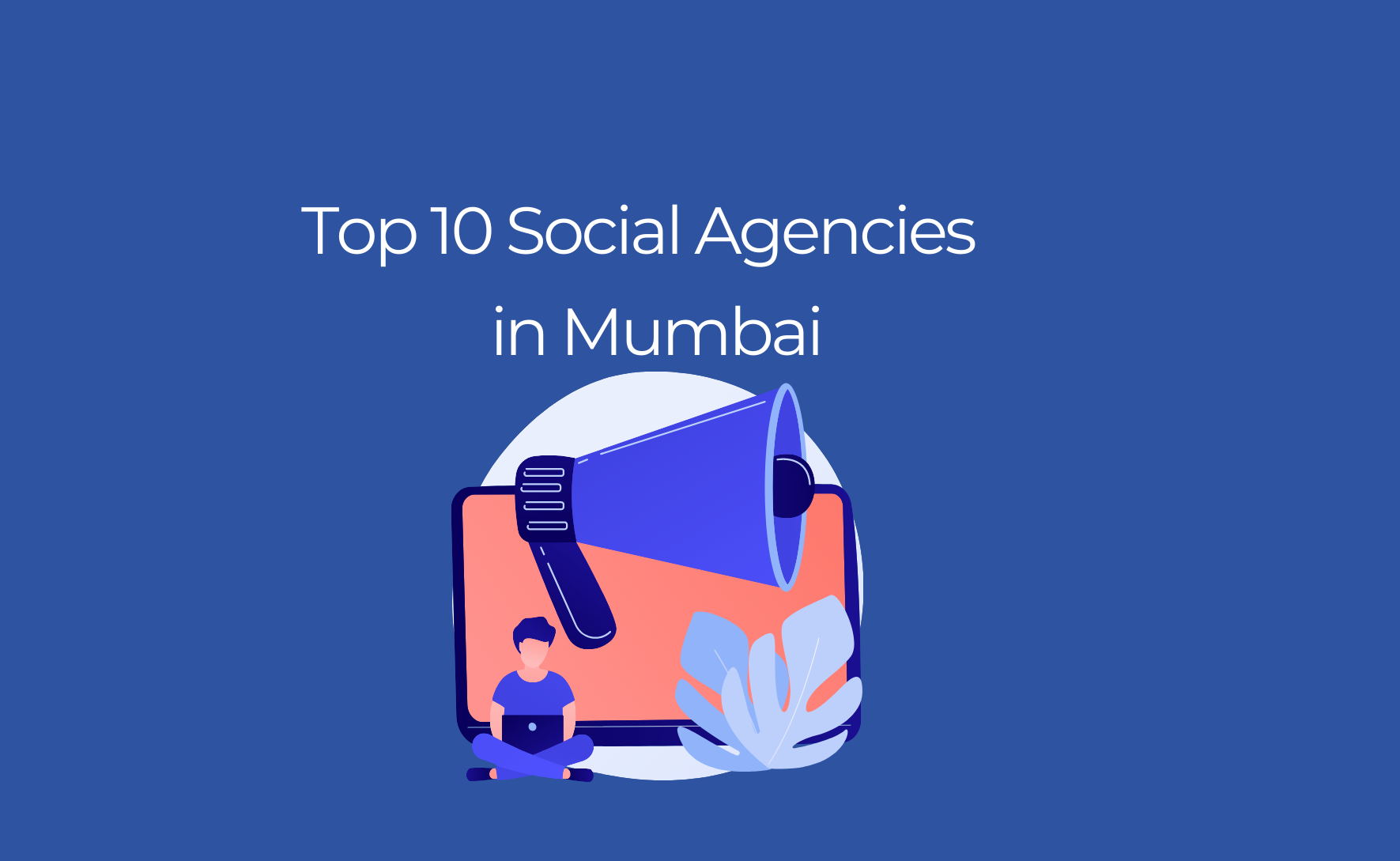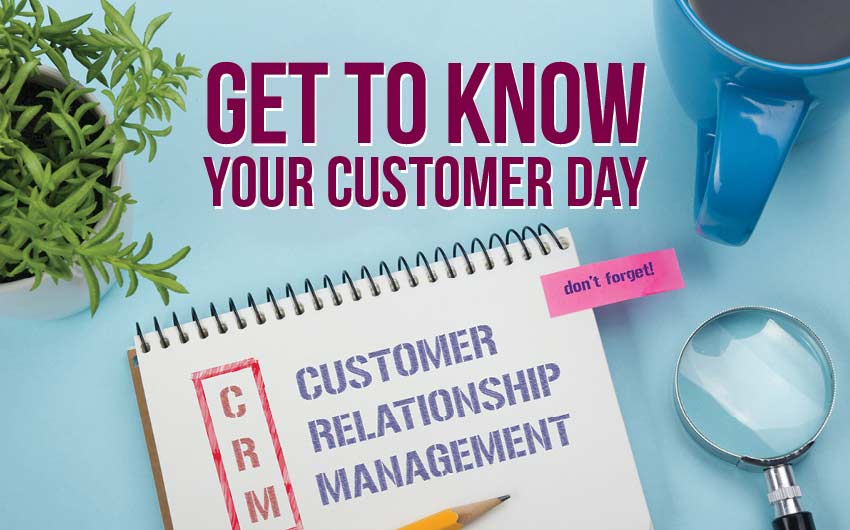
What exactly is converged Media? Converged media involves using two or more channels, such as paid, earned, and owned, to reach customers. These media types can be distinguished by a consistent look, feel and story across all platforms. Often, brands use a combination of these media types to reach customers. Here are some examples of converged media. Let's take a look, for example, at e-books.
E-books can be an example of convergence media
Media consumption patterns are changing, and converged media is at the heart of this transformation. Multi-format and multi-device content is being consumed, and audiences are increasingly engaging with media in a variety of ways. Multitasking is common among viewers of television shows. They can watch broadcasts or live events and comment on social media, as well as consume content. Converged media is also creating a second life for media content, allowing users to access deep archives and repurpose content on new platforms. Many cable programs have gained new audiences through DVD collections and online video.
Technology convergence is easiest to understand, but the concept can be applied to all types of content. In fact, today, billions of people access media content through mobile devices and other digital platforms, which were once tied to specific communication channels. E-books allow the audience to reach them anywhere, at any time. And e-books are just one of the examples of converged media. What else is happening in media?

Media convergence is the combination of various content types, communication methods, as well as computer networks. It results in transformations in work practices, industries, and business practices. People can express themselves and share information more freely through converged media, and this transformation is taking place in all fields of life. In many ways, converged media means that we are living in an increasingly connected, time and place-based society. Many of us have become more dependent upon media technologies that can be downloaded in many formats. E-books and other content formats are not an exception.
E-books is a form convergence media
Converged media is media delivery that combines owned and paid content. It could be the creation of a sponsored consumer website or a social platform. Brands and other content creators have the ability to nurture authentic, original content that results in organic social amplification. This is also known as online word-of-mouth. Branded material can be used to direct visitors to authentic content.
As digital media is embraced around the globe, we are experiencing new ways to consume the content. It is possible to simultaneously consume TV programs, movies and music as well as books. We can also watch sports broadcasts or live events while multitasking or sharing commentary on social media. Converged media offers new possibilities for repurposing media content and giving it a second chance. Through DVD collections and online video, cable TV shows have found new audiences.

As media platforms grow in popularity, audiences are being bombarded with more content. As a result, they are experiencing massive amounts of information overload. Converged media platforms, which offer unlimited opportunities for comments, online archives, and links, can help combat this problem. These platforms can be used to distribute information and are all forms converged media. As a converged platform media medium, e-books has many advantages.
FAQ
What are the content strategies for different topics?
Content strategy can be described as a broad term that covers all aspects of creating, managing, distributing, measuring, and optimizing content for digital channels. It encompasses more than what you post on social networks like Facebook and Twitter. It also includes what content you select to highlight on your blog, website, and other online properties.
Content strategy is vital because it determines how you will focus your time and effort, the content types you should use, as well as what message you send to your target audiences.
Understanding the role of content in the overall business goals is crucial to help you realize them.
How do I get started in Content Marketing?
Start by identifying your audience. Who are they? What are their needs and wants? How can they be helped? How can you help them?
How much does it cost for a content strategist to be hired?
You can find many freelancers or agencies that offer content-creation services at a reasonable price. However, some companies choose to pay more because they value the expertise of the person working on the project.
How does content marketing work?
A visitor to your site is searching for something in particular. It's great if they find exactly what they want. They will go to another place if they don’t find the answer. Content marketing allows you to create valuable and useful information that solves problems and answers questions. You can use this content across all platforms (social media, email, etc.) It will be available to everyone at all times.
How much content marketing should I invest?
That depends on how many leads you want to generate. Depending on your industry, the average cost per lead is between $5 and $10. As an example, 20 dollars per lead was the cost of our first business. Today, we spend an average of $6-7 per lead.
Statistics
- Measure your goals with a progress indicator of 0-100%. Make your goals collaborative and transparent (semrush.com)
- According to our research, 65% of companies with very successful content marketing in 2021 ran content audits at least twice a year. (semrush.com)
- Forty-seven percent of buyers view 3 to 5 pieces of content before engaging with a sales representative. (mailchimp.com)
- Out of the 1,500 marketers we surveyed for our State of Content Marketing report, 78% who felt their content marketing strategy was exceptionally effective in 2021 had documented their strategy. (semrush.com)
- According to research compiled by Coschedule: Companies that publish 16+ blog posts a month get as much as 3.5x as much traffic as those that publish 0-4 posts a month. (criteo.com)
- Progress indicators (0–100%) allow each team member to see how attainable each goal is and understand what remains to be accomplished. (semrush.com)
- Seventy-two percent business to business (B2B) (mailchimp.com)
- We found that 40% of businesses don't have a documented strategy yet. (semrush.com)
External Links
How To
How to Make a Video for Content Marketing
Content Marketing Videos are one of the most effective ways to communicate your message to your audience. They help you connect with your target audience by sharing stories they care about. How can you make these videos stand out from others? Here are some suggestions for making videos that are noticed.
-
When creating a video, it's important to realize that no one size fits all. You need to make sure your video speaks directly to your audience. If the message you are trying to communicate isn't applicable to everyone, why would they watch it?
-
You shouldn't pick the cheapest option when selecting a platform. YouTube, Vimeo. Periscope. Instagram. Snapchat. You can save money and increase engagement by choosing the right platform.
-
Include subtitles in your videos! Subtitles make your videos easier to understand and help people overcome language barriers.
-
Finally, ask yourself these questions before you start: To whom am I speaking? Is this why I am making this video? And what does this video mean to you? You'll be able to create videos much more easily once you answer these questions.